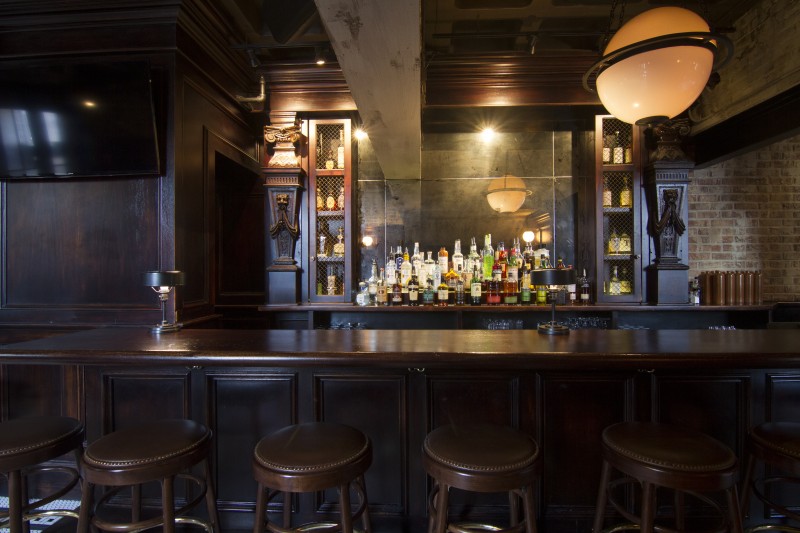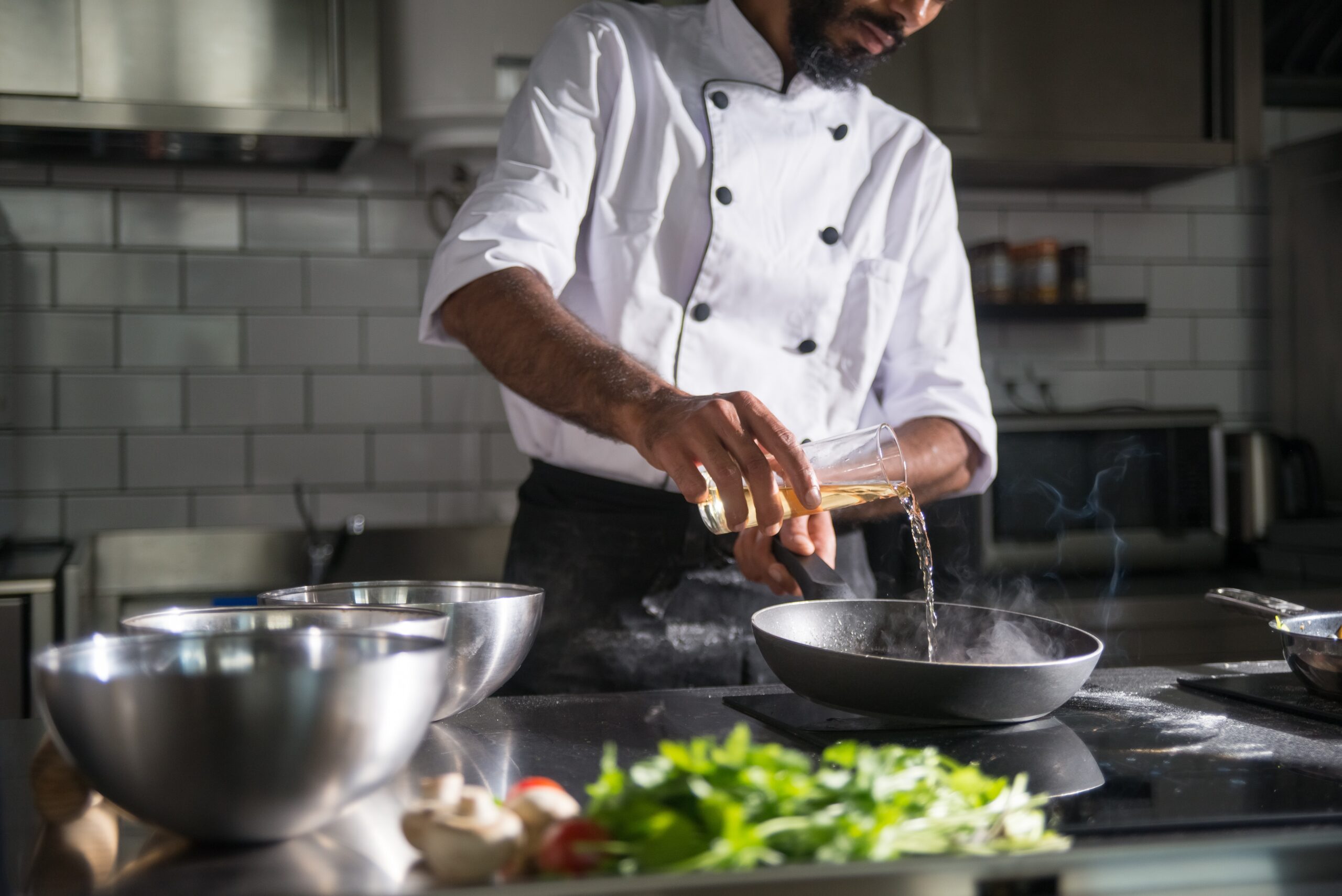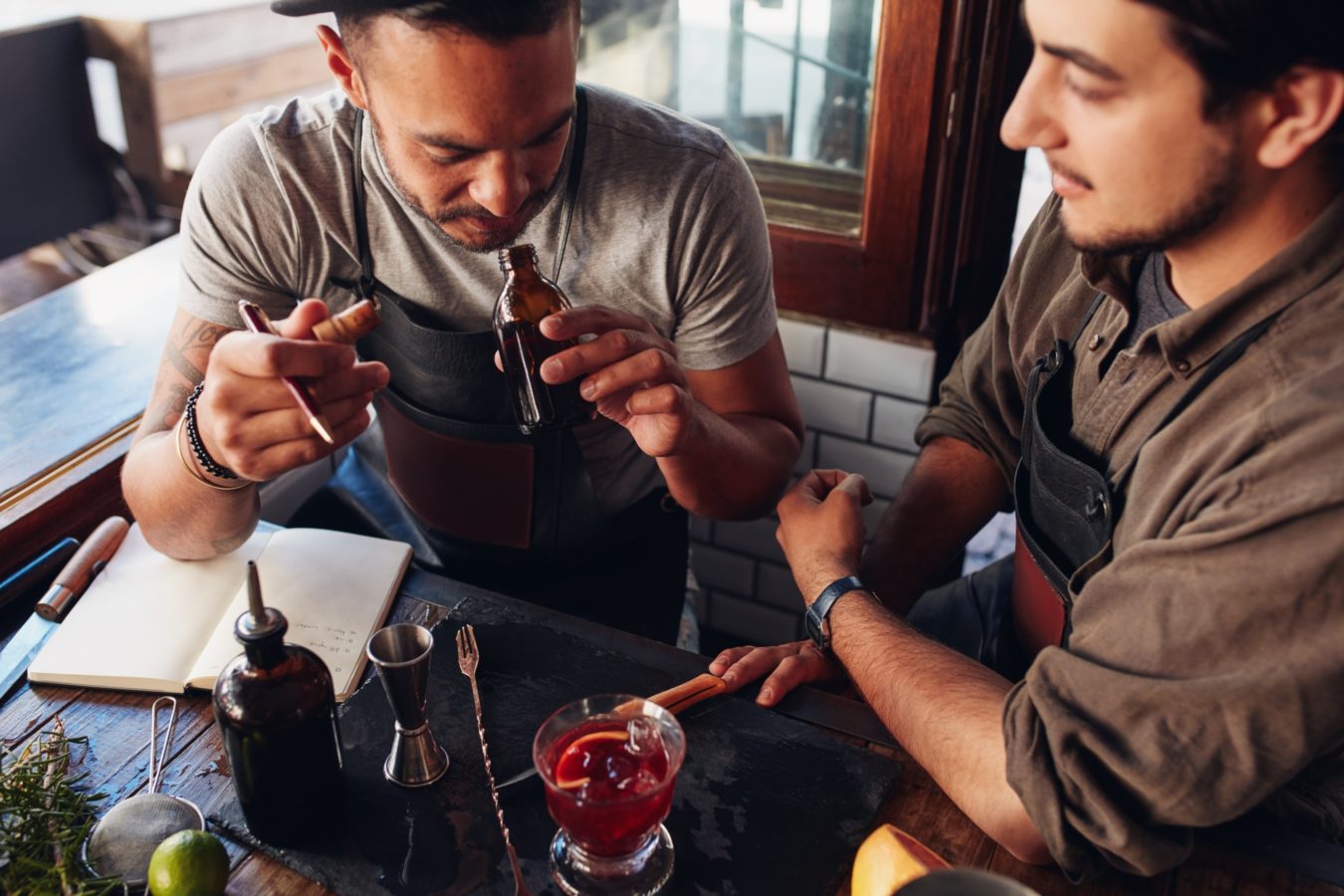
Rory Crawford
August 24, 2015
Product
Since we’ve already discussed sitting inventory, usage, and pars, let’s take a step back and look at how to actually come up with an optimal product offering in the first place. BevSpot’s catalog has over 50,000 products, 9,000 being spirits. So how does one decide between these 2,700 vodka options, 1,200 rums, and 800 different scotches? Factor in the sheer number of products you are likely offering, and the fact that consumer preferences are constantly changing, and you’ve got a pretty challenging task on your hands.
These 3 simple steps will help you decide what product to offer by delving into what your customers really want, using usage calculations.
Step 1.
Calculate Usage at the Product Type Level
Ever wonder why you have three times as many whiskeys as vodkas, and if that’s the right decision? To get a better understanding, calculate usage for all of your spirits and compare the total usage for each product type to see exactly how much vodka, whiskey, rum, and other spirits you are selling in any given period of time (weekly, monthly or otherwise).
SEE HOW BEVSPOT CAN HELP YOUR BAR
These numbers provide you direct data on your customers’ preferences. For instance, if you’re selling $5,000 worth of whiskey and only $2,500 of vodka each week, this likely means that twice as many of your customers prefer whiskey over vodka (or, maybe whiskey drinkers just drink more, also helpful to know.) In considering how best to serve your customers, this type of data is incredibly valuable.

Step 2.
Decide How Much of Each Product To Carry Based on Relative Usage
Now that you know how much of each type of product you’re selling, divide these usage numbers by the total usage for your bar. This will give you the percentages of product you should allocate to each specific product type.
For instance, if you sell $20,000 in spirits each week, and $5,000 of that is in whiskey, you might want to consider making 25% of your spirit product offering whiskey. If your goal is to stock 100 different spirit products, then this data suggests that 25 of those products should be whiskeys.
Apply this same process to all of your product types to see how much of each spirit type you should be stocking. Of course some personal judgment is involved, but by leveraging customer data you can easily identify preferences that will allow you to better cater to your customers, while also reducing your sitting inventory.

Step 3.
Use Specific Product Information to Add or Remove Products
Now that you’ve decided how much of each product type to carry, you can drill the data down even further and look at specific bottles and brands to gain a better understanding of which to keep and which to move off the menu. The easiest way to do this is to simply sort by usage and remove the slowest moving product. For instance, if you decide to carry 10 different rums and you currently have 13 different types, remove the three bottles with the lowest usage. This will increase the efficiency of your rum portfolio and bar overall.
To ensure that you’re catering to customers at various price points, use the cost per ounce (bottle price / ounces in the bottle) for your products in each group to ensure that you have low, medium and high price point options. This way, every customer with a preference for a certain type of product has a perfect option!
Creating an optimal product portfolio for a bar takes a great deal of personal judgment and a deep understanding of your customers. Try taking some of the trial and error process out of it by applying hard customer data that enables you to make better decisions that cater to your customers, improve sales at your bar, and save you on upfront costs.





